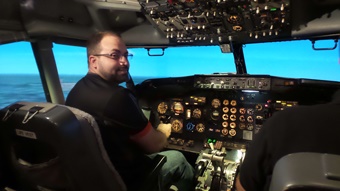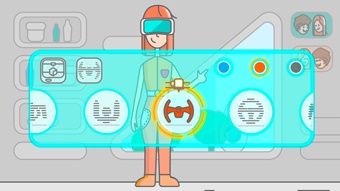40 years ago some might have thought that a microwave seemed like a strange appliance, but now they are in every kitchen in the world. But who knows, maybe in the next 20-30 years’ 3D food printers will replace the stove. To date, there have been lots of experiments using 3D printers to create many different types of dishes. Most of them originated as a liquid, such as printing chocolate or pancakes. There has also been 3D printed pizza, candies, and cheese, but why stop there! Now, these Australian meat lovers are offering something more nourishing.
Meat Ink
Meat and Livestock Australia (MLA) is a non-profit research organization. They have been planning to print with meat for nearly 6 months. They introduced the technology at the Monash University conference where they printed, fried, and of course ate these delicious looking patties. The team uses a ByFlow food-safe 3D printer and “secondary” cuts of beef, which MLA uses to make meat ink to create many different types of wonderful meat dishes. The shapes of these 3D printed meats vary from simple spirals to artificial flowers or squid. They say it will be a great application for commercial caterers in the future. Of course, it is not going to replace that delicious dry-aged steak from steakhouses, but it is still worthwhile. MLA also states that the meat ink can make red meat more affordable, easier to chew and offers more nutritional value.
Farming Industry Collapse and Meat from a Petri Dish
This new technology might prove to be quite the asset for farmers. For the most part, animal offcuts are either used for feeding other animals or are sold to retailers for a fraction of the cost. These offcuts usually equate to about a third of the animal. Now they can be used as food filaments for 3D printers, which might increase the price. Already looking past 3D printing meats, the MLA team has started to think about the development of synthesized meat, which will be grown in a petri dish from non-organic materials, an affordable alternative for families on a budget. “Level of acceptance may change as the price of synthesized food comes down, and the taste improves,” says ByFlow business development manager Frits Hoff. “Two years ago the first synthesized meat hamburgers cost $250,000 each to produce and now are $10. So who knows when it will be cheap enough for McDonald’s to look at synthetic meat proteins using 3D printers?”
Our blog is also available for anyone with interesting story or useful life hacks, just write to us: press@treatstock.com
Mit Freunden teilen:






